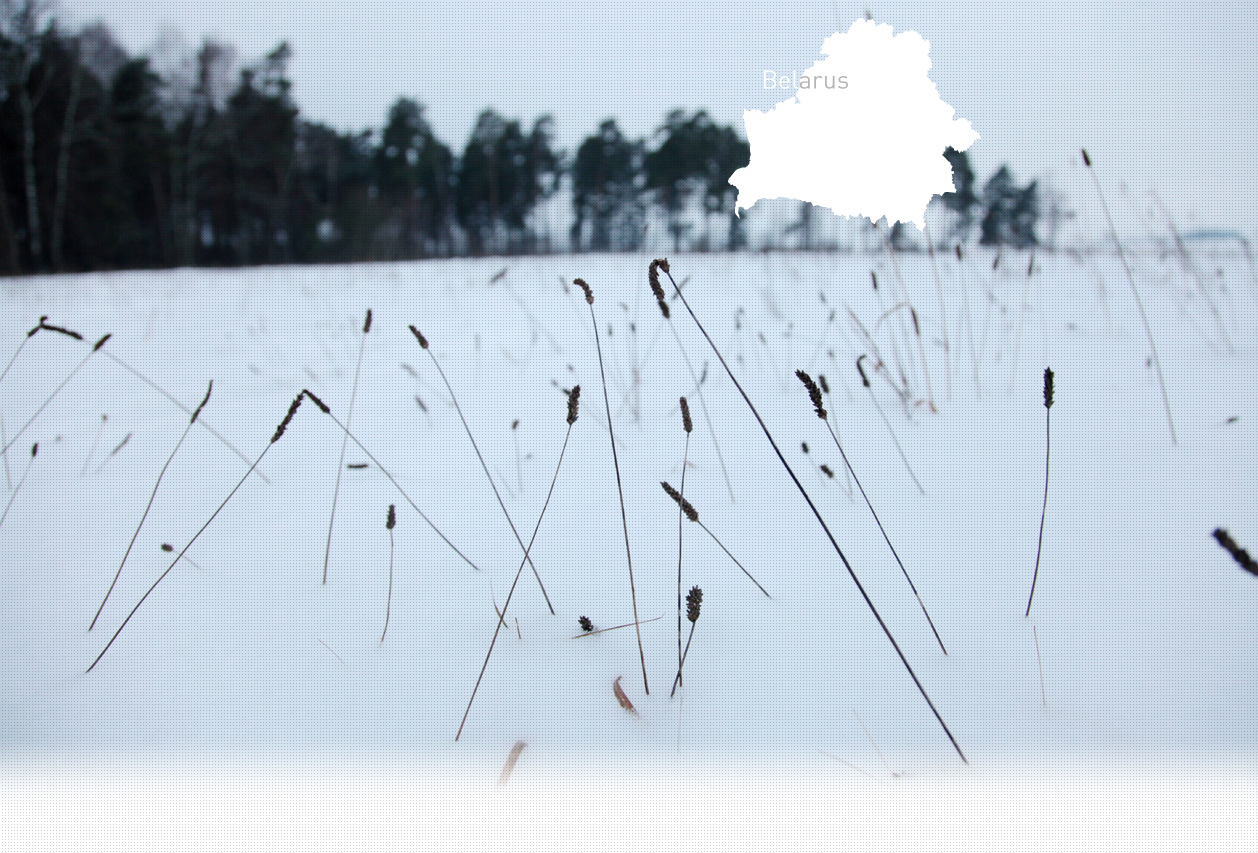

1 Killing site(s)
Alla I., born in 1926: “The day of the shooting, I saw a policeman accompanied by a German soldier entering my Jewish neighbors’ house. Another German soldier came to our house. My father began to speak in the Jewish language because he knew it and thought that it was easier to be understood in it. The German soldier then thought that my father was Jewish and took him away, violently. Later, when my father found himself near the ravine with the other Jews who had been rounded up, we shouted that he was Russian. The Jews also shouted that he was Russian and he was released by the local policemen.” (Eyewitness N°861, interviewed in Khoyniki, on September 26, 2014)
Khoyniki is a small town situated 90km southwest of Gomel. It is a district center as it was before the war, even if the town was much smaller. Before the war, a significant part of the population was Jewish, with the majority of them living on Sovietskaya Street. Many Jews were craftsmen and storekeepers. There was also a wooden synagogue. The city was occupied by German forces during summer 1941.
According to historical sources, little is known regarding the fate of the Jews in Khoyniki. But thanks to a local testimony recorded by Yahad, it was possible to determine the primary phases of the events. A part of the Jewish population was able to evacuate before the Germans’ arrival. Up to their murder, the Jews were able to stay in their homes. The shooting took place during the summer of 1941, when a German punitive detachment, assisted by local police, entered the Jews’ homes and violently gathered them on the main street. The Jews were then shot in a natural ravine that contained water outside of the town. According to the eyewitness interviewed by Yahad, around 40 Jews, including babies, were lined up and shot directly inside the ravine.
Do you have additional information regarding a village that you would like to share with Yahad ?
Please contact us at contact@yahadinunum.org
or by calling Yahad – In Unum at +33 (0) 1 53 20 13 17